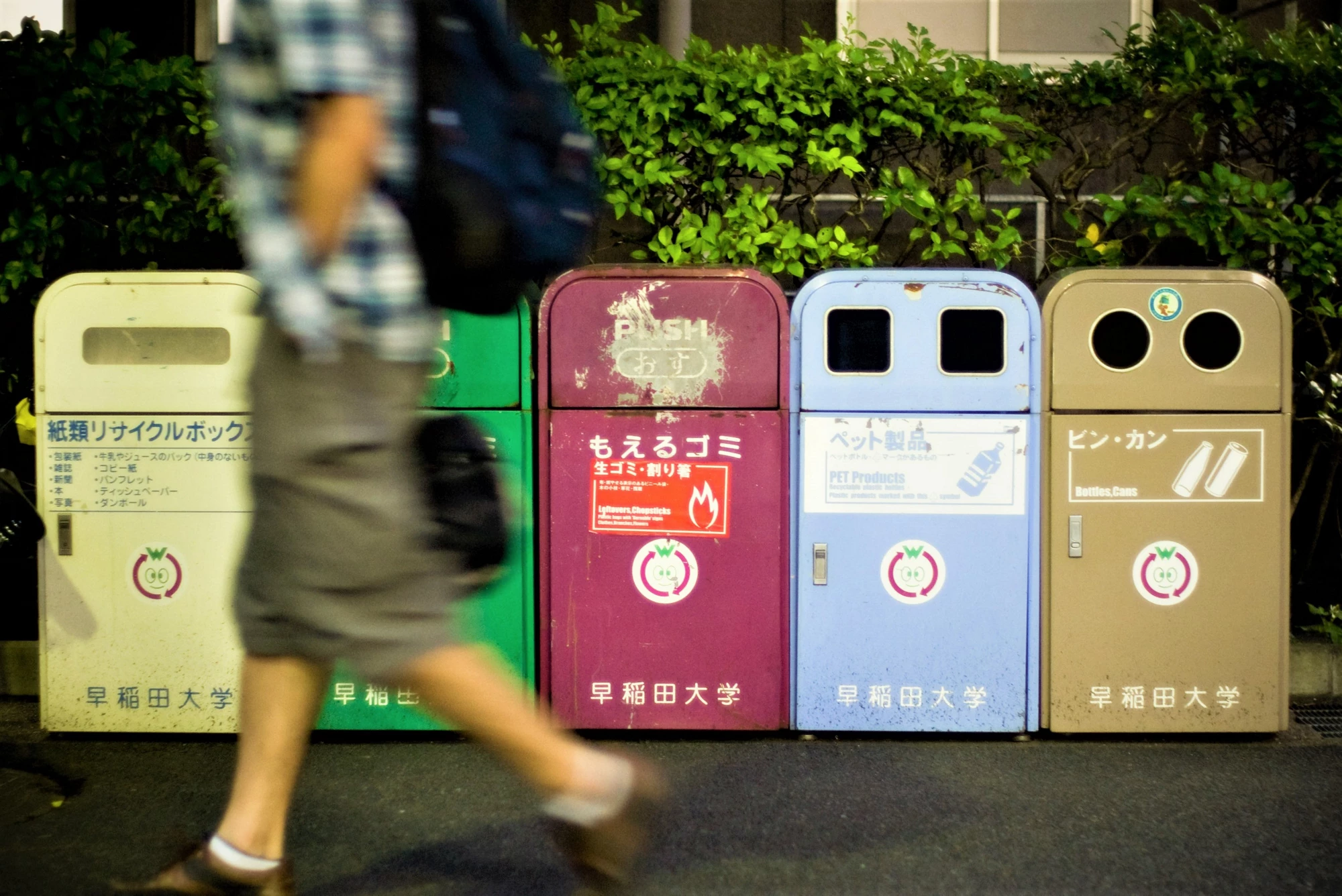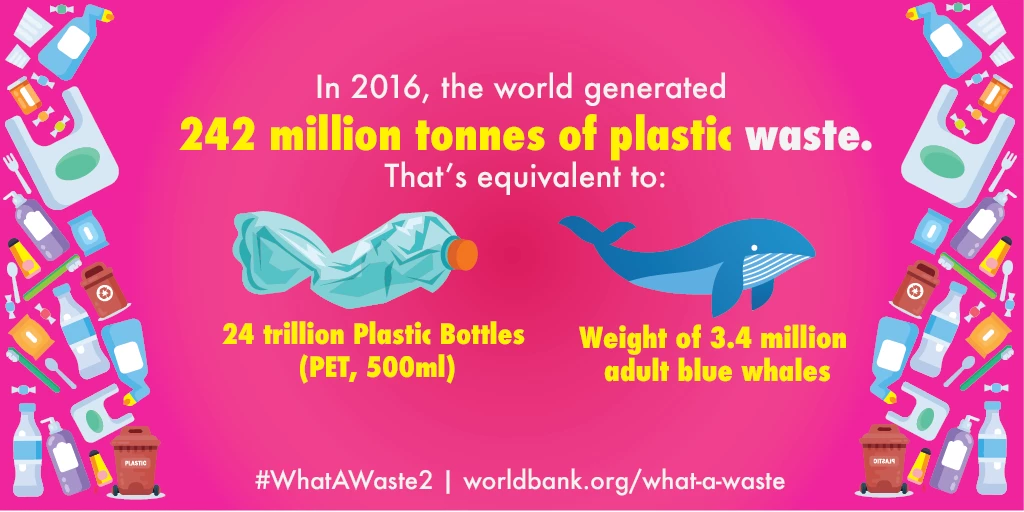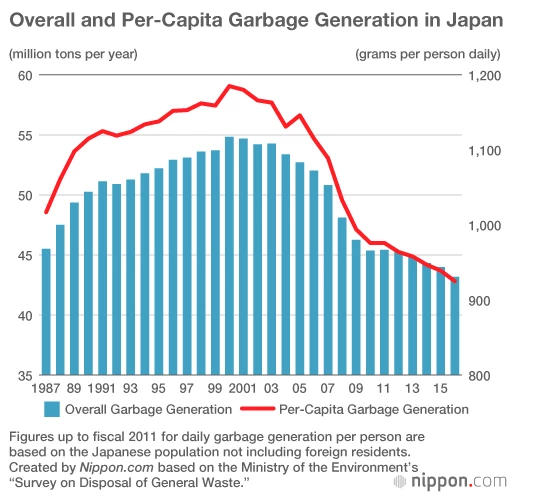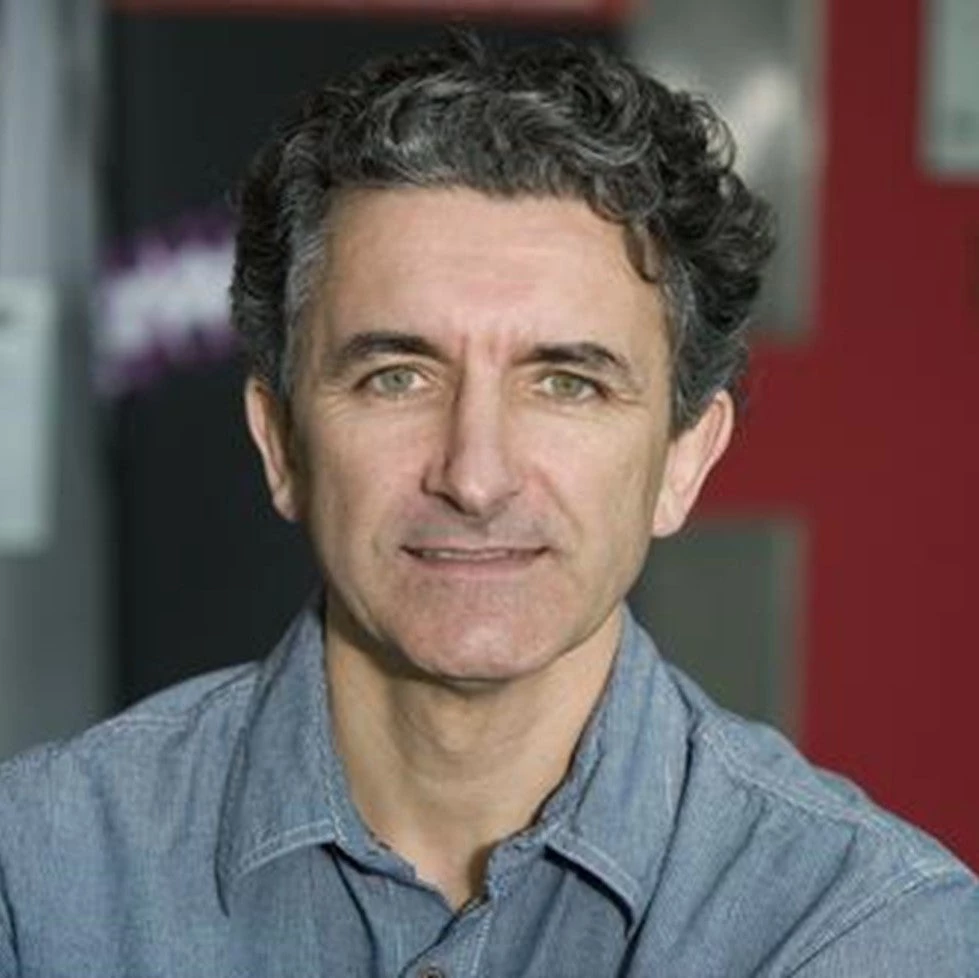 Recycling bins on the campus of Waseda University in Tokyo, Japan (Photo by elmimmo via Flickr CC)
Recycling bins on the campus of Waseda University in Tokyo, Japan (Photo by elmimmo via Flickr CC)
We are heading toward a crisis of being, literally, engulfed by waste.
According to the World Bank’s What a Waste 2.0 report, waste generation is expected to grow by 70% by 2050, while our global population is expected to grow at less than half of that rate. We are producing more and more waste per person – with waste volumes mounting in line with rapid urbanization and economic growth, the main drivers of the increase in waste generation. This means there will be even more urgency for cities to manage ever growing piles of garbage.
Even though governments in low-income countries are spending 20% of their municipal budgets on waste management, an unbelievable 93% of waste is openly dumped or burned.
What a Waste 2.0 estimates that in Sub-Saharan Africa and South Asia, waste generation will respectively double and triple due to urbanization and economic growth. This crisis will quickly escalate with the two regions currently openly dumping and burning 69% and 75% of each region’s waste respectively.
If no action is taken today, the cost of clean-up to address the environmental consequences would be exorbitant – it makes economic sense to properly manage waste. A study focused on Southeast Asia estimated the economic cost of uncollected household waste that is burned, dumped, or discharged to waterways, at $375 per tonne. For the same region, we estimated that integrated waste management costs for basic systems meeting good international hygienic standards to be $50-100 per tonne. So, the economic cost of uncollected waste can be nearly five times as high as what it would take to properly manage the waste from the onset.
Exacerbating the growing waste situation, plastics, in particular, further compound the crisis. In 2016 alone, the world generated about 240 million tonnes of plastic waste – equivalent to about 24 trillion 500-millimeter, 10-gram plastic bottles. The water volume of these bottles could fill up 4.8 million Olympic-sized swimming pools. Hard to visualize, but an immense amount of plastics.
Increasingly, we are seeing how the global mismanagement of waste is causing plastics to irreversibly affect the health of our environment. The health of our oceans is degrading with plastics interacting with the ecosystem, reducing oxygen, creating greenhouse gases, and having direct and deadly effects on wildlife. And plastics are finding their way into our food. One study has found that as much as 73% of 233 deep water fish from the Northwest Atlantic Ocean had ingested plastic particles, and another study found 80% of species in freshwater, such as tributaries of the Amazon, have micro and nano-plastics, which is expected to have major negative impacts on our health and productivity. Compounding that, newborn fish are mistaking tiny bits of trash for food. If they die, there’ll be fewer big fish – and that could rattle the food chain.
However, there is a silver lining out there – economic growth does not always have to go hand-in-hand with waste generation. Disconnecting waste generation from economic growth can actually happen!
Japan is at the forefront of such decoupling. The country has shown that waste can be reduced even with economic development. On average, high-income countries generate 1.6 kg/person daily with up to 4.5 kg/person/day in some countries which are small islands dependent on tourism. However, Japanese citizens generate 0.95 kg after peaking at nearly 1.2 kg/person/day in 2000.
Within Japan, the city of Kitakyushu stands out as the brightest example of waste reduction, with a mere 0.42 kg generated per person daily . That is just over half of the global average of 0.75 kg, and less than the regional average of 0.46 kg for Sub-Saharan Africa – the lowest generating region per capita (and the poorest at the same time).
As an industrial city with significant pollution, Kitakyushu sought to apply an environmentally sound approach rather than a disposal-focused one. The main drivers of their efficient waste management system cover all steps from the start to end points: sorting of the waste at source, composting widely at the household level, recycling, and engaging citizens heavily.
These measures are complemented with financial incentives to reduce waste due to volume-based waste user fees rather than flat fees per household. Over time, Kitakyushu even built up an Eco-Town to increase environmental awareness and recover materials from many types of waste, including cars and appliances.
Lessons from Kitakyushu and Japan are relevant for the rest of the world to work toward reducing and managing waste effectively. Citizen awareness and participation made all the difference in Kitakyushu. The commitment from the household level through to the government, and alignment of incentives, allowed for transformation of the waste management sector, ultimately improving the environment, the economy, and the health of the city. Such buy-in of households and change of culture is not, however, as easy as it sounds. It takes time, commitment, and managing relationships to build trust.
Globally, we have the ability to change our trajectory and prevent waste from stacking up in our cities and our oceans. Learning from the advances of Japanese cities – especially Kitakyushu – can help many cities across the world, including the developing world, reduce their waste generation and achieve sustainable futures for their cities and citizens.
Kitakyushu and other Japanese cities have shown that decoupling between waste generation and economic growth can be done. And for the sake of our environment, our oceans and our health, it has to be done!
Follow the International Symposium on Challenges and Approaches to Addressing Problems of Marine Litter and Ocean Plastic taking place in Kitakyushu, Japan on November 13, 2019.
Click here to access the full dataset and download the report What a Waste 2.0: A Global Snapshot of Solid Waste Management to 2050.
READ MORE
- Immersive story: What a Waste 2.0: A Global Snapshot of Solid Waste Management to 2050
- Video blog: Here’s what everyone should know about waste
- Video blog: What a Waste 2.0: sharing lessons on solid waste management
- Brief: Solid Waste Management







Join the Conversation